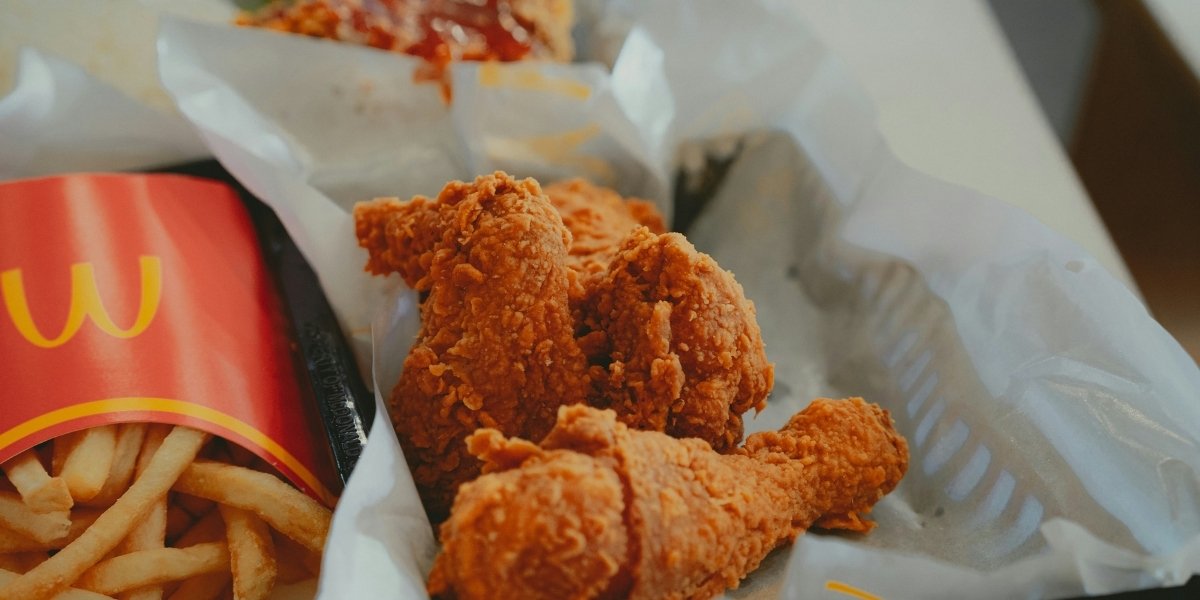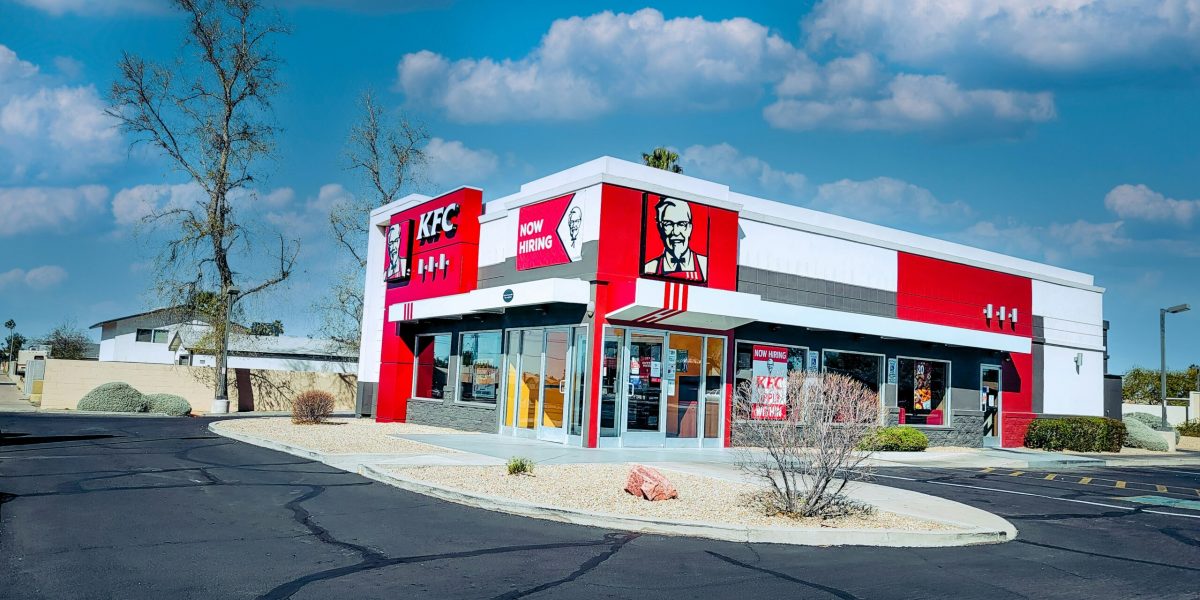Explore American Fast Food: Find Your Your Favorite Comfort Food
American fast food has transcended its origins as a quick meal option to become a global cultural phenomenon and, for many, a quintessential source of comfort food. What began as simple roadside stands offering convenient bites evolved into vast empires of standardized menus, efficient service, and instantly recognizable brands. From the golden arches to the flame-broiled burger, these establishments have shaped eating habits, influenced culinary trends, and provided a sense of familiarity and satisfaction that resonates deeply with diners across the United States and far beyond its borders. The appeal lies not just in the speed of service, but in the consistent taste and nostalgic experience these meals offer.
Read Also: Beyond the Bucket: Exploring the Universal Appeal of Fried Chicken
The history of American fast food is intertwined with the country’s love affair with the automobile and the rise of a mobile, suburban society in the 20th century. Early innovators like White Castle, founded in 1921, pioneered the concept of standardized, affordable hamburgers, while the McDonald brothers later revolutionized the production process with their “Speedee Service System.” This focus on efficiency and consistency made fast food incredibly accessible and appealing to a growing population seeking convenient meal solutions. Over decades, this industry blossomed, introducing a wide array of items that became staples in the American diet, firmly cementing their place as go-to options for a quick, satisfying, and often deeply comforting meal.
How Did American Fast Food Become a Cultural Icon?
The transformation of American fast food from mere sustenance to a pervasive cultural icon is a fascinating journey. Its rise parallels significant societal shifts, particularly the post-World War II economic boom, the expansion of the interstate highway system, and the growth of suburbia. As families moved further from city centers and relied more on cars, the drive-in and later the drive-thru became essential components of daily life. Fast food chains capitalized on this mobility, offering quick, consistent, and affordable meals that catered to a busy populace. The convenience factor became a defining characteristic, fitting seamlessly into the fast-paced modern lifestyle.
Beyond practicality, American fast food chains mastered the art of branding and standardization. A McDonald’s Big Mac or a KFC Original Recipe chicken piece tastes remarkably similar whether consumed in California or Metro Manila. This consistency provides a sense of reliability and predictability, creating a comfort factor for consumers worldwide. Moreover, clever marketing, often targeting children, helped embed these brands deeply into the cultural fabric, creating lifelong associations and loyal customers. The sheer ubiquity of these establishments, found in nearly every town and city, further solidified their iconic status, making them synonymous with the American dining experience.

Photo Credit: Unsplash.com
The influence extends beyond just eating habits; fast food restaurants became social hubs, places for quick meetings, family outings, and even first jobs for many teenagers. Their distinctive architecture, from the early White Castle “castles” to the vibrant McDonald’s playlands, made them recognizable landmarks. This blend of economic efficiency, consistent quality, aggressive marketing, and pervasive presence allowed American fast food to transcend its culinary function, becoming a powerful symbol of American consumerism, innovation, and a certain kind of accessible comfort that resonated globally.
What Are the Most Popular American Fast Food Items?
When it comes to American fast food, certain items have achieved legendary status, becoming synonymous with the industry itself. The cheeseburger undoubtedly reigns supreme. Its simple yet satisfying combination of a juicy patty, melted cheese, and fresh toppings nestled within a soft bun is a timeless classic. Chains like McDonald’s with its Big Mac, Burger King with its flame-broiled Whopper, and Wendy’s with its square patties have each put their unique spin on this foundational item, cementing its place as the ultimate comfort food for millions. The ability to customize toppings further adds to its universal appeal.
Alongside the burger, French fries are arguably the most beloved side dish in fast food, recognized for their crispy exterior and fluffy interior. Whether thin and salty, curly and seasoned, or cut into a unique waffle shape, fries are the perfect accompaniment to almost any fast food meal. Their addictive quality and universal appeal make them a staple, often eliciting strong preferences for a particular chain’s version. The meticulous process of blanching, freezing, and frying ensures their consistent texture and flavor across thousands of locations.
Beyond burgers and fries, fried chicken holds a special place in the hearts of fast food aficionados. KFC’s Original Recipe chicken, with its secret blend of 11 herbs and spices, brought Southern comfort food to the masses and remains a global favorite. More recently, the chicken sandwich has surged in popularity, with chains like Chick-fil-A and Popeyes sparking intense loyalty and even “chicken sandwich wars” among competitors. These items, along with others like pizza slices, chicken nuggets, tacos, and burritos, represent the diverse tapestry of American fast food, each offering its unique brand of quick, satisfying, and deeply comforting flavors.
How Does Fast Food Provide Comfort?
The concept of comfort food is deeply personal, often tied to nostalgia, familiarity, and a sense of emotional warmth. American fast food taps into these feelings remarkably effectively. For many, a meal from a familiar fast food chain evokes memories of childhood treats, family road trips, or convenient meals after a busy day. The consistent taste and quality, regardless of location, provide a sense of predictability and security in an often unpredictable world. Knowing exactly what to expect from a Big Mac or a Frosty can be inherently reassuring, especially when traveling or in unfamiliar surroundings.
Beyond nostalgia, fast food provides comfort through its accessibility and ease of consumption. In moments of stress, exhaustion, or simply a lack of time, the option of a quick, ready-to-eat meal that requires no preparation or extensive decision-making is incredibly appealing. It offers instant gratification and a break from the complexities of daily life. The simple act of pulling into a drive-thru, placing an order, and receiving a hot, satisfying meal within minutes can be a small but significant moment of relief and indulgence.

Photo Credit: Unsplash.com
The taste profiles of many fast food items are expertly engineered to be highly palatable. The combination of salt, sugar, and fat, often present in optimal ratios, triggers pleasure centers in the brain, contributing to a sense of satisfaction and well-being. This sensory pleasure, combined with the emotional associations and convenience, solidifies American fast food’s role as a pervasive and beloved form of comfort food, providing a temporary escape and a burst of simple pleasure in a busy world.
What Are the Global Reach and Impact of American Fast Food?
American fast food is not confined to the United States; it has become a truly global phenomenon, spreading its influence to virtually every corner of the world. Chains like McDonald’s, KFC, and Subway boast tens of thousands of locations across hundreds of countries, serving billions of customers annually. This massive global presence is a testament to the adaptability of the fast food model, which can be tailored with localized menus (e.g., McSpaghetti in the Philippines, McAloo Tikki in India) while retaining core brand elements. The sheer scale of operations makes them significant economic players in many nations.
The global proliferation of American fast food also carries significant cultural and societal impacts. On one hand, it represents a form of cultural exchange, introducing new flavors and dining concepts to different populations. It often signifies modernity and convenience, and for many developing economies, it provides accessible, affordable protein and employment opportunities. The standardization of food safety and hygiene practices by large international chains can also raise local industry standards.
Read Also: Navigating the Food Industry: Trends, Challenges, and Innovations
On the other hand, the widespread adoption of American fast food has raised concerns about its impact on traditional culinary practices, public health, and environmental sustainability. The emphasis on high-calorie, often processed foods has been linked to rising rates of obesity and diet-related diseases in countries that have embraced these dining habits. Furthermore, the massive scale of fast food production has implications for agricultural practices, waste generation, and carbon footprints. Despite these debates, the enduring appeal and pervasive presence of American fast food continue to shape global dining landscapes, making it a powerful force in both commerce and culture worldwide.






